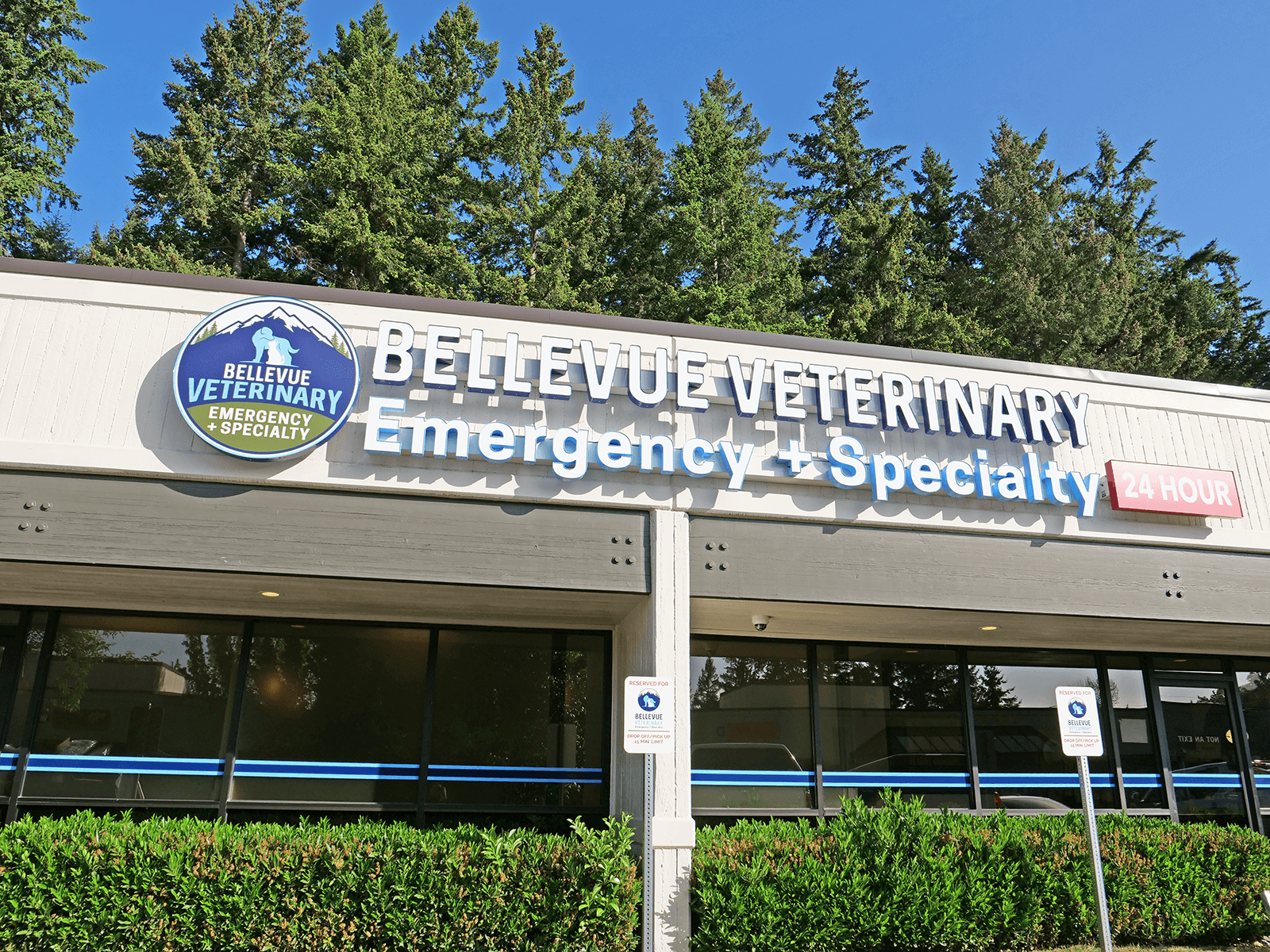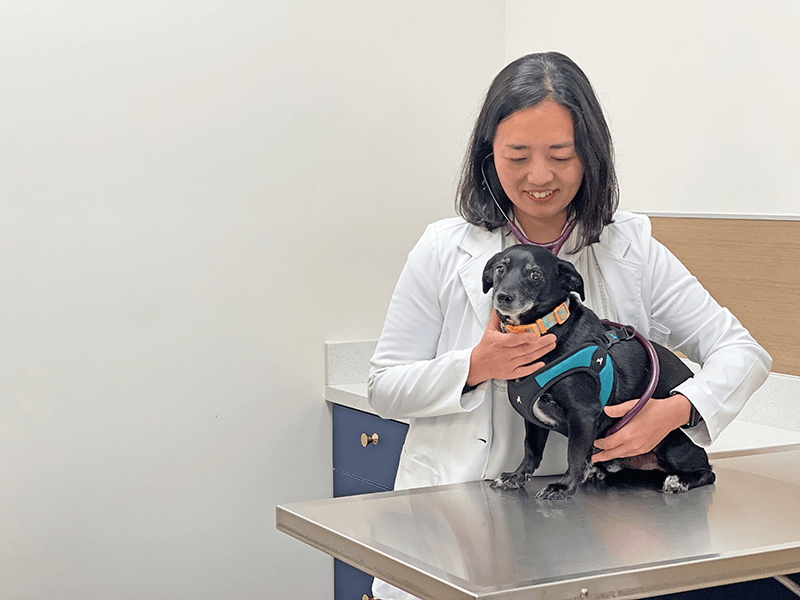When your pet is suddenly sick or injured, it can be hard to know what kind of care they need and how quickly they need it. Understanding the difference between emergency and urgent care for pets helps ensure your pet gets the right treatment, faster, and can even improve outcomes during stressful situations.
What Is Emergency Veterinary Care?
Emergency veterinary care is for life-threatening conditions that require immediate medical attention. These situations can worsen rapidly or pose serious risks if not treated right away. If your pet is experiencing any of the following, they should be taken to an emergency vet as soon as possible:
- Trouble breathing or choking
- Seizures or collapse
- Uncontrolled bleeding
- Serious trauma (e.g., hit by a car, deep wounds, animal attacks)
- Exposure to toxic substances or foreign object ingestion
- Sudden inability to walk or extreme lethargy
- Unresponsiveness or loss of consciousness
Emergency veterinary care facilities are equipped to handle these critical cases, often with 24/7 access to advanced diagnostics and surgical care.
What Is Urgent Vet Care?
Urgent care for pets is meant for medical issues that require same-day veterinary care, but are not immediately life-threatening. These conditions may be causing discomfort or worsening and should be addressed promptly to prevent complications.
Examples of situations appropriate for urgent vet care include:
- Persistent vomiting or diarrhea
- Limping or minor injuries
- Ear infections or ear shaking
- Eye irritation or redness
- Sudden changes in appetite or behavior
- Coughing or sneezing without respiratory distress
These cases typically don’t need emergency services but still shouldn’t wait for a routine checkup.
Emergency vs. Urgent Vet Care: How to Tell the Difference
If you’re unsure whether your pet needs emergency care or urgent care, ask yourself:
- Is this life-threatening or could it become life-threatening quickly? If yes, seek emergency veterinary care.
- Is my pet stable but uncomfortable or showing symptoms that are progressing? If yes, urgent vet care is likely appropriate.
If in doubt, call a veterinary professional. A quick phone consultation can help you decide where to go and what level of care is best.
Planning Ahead: Managing the Cost of Care
Emergency and urgent visits can be unexpected—and so can the costs. Many pet parents find it helpful to plan ahead using flexible financing options.
The CareCredit credit card is one such option. It offers budget-friendly payment plans for both pet emergency care and urgent vet visit costs, helping cover expenses such as:
- Diagnostic tests and treatments
- Emergency or urgent exams
- Hospitalization and surgery
- Medications and follow-up care
If approved, the card can be used immediately to help manage unplanned veterinary expenses without delay.
Peace of Mind When It Matters Most
No one wants to face a pet emergency, but knowing the signs and understanding the options can help you stay calm and make the right decisions. Whether your pet needs urgent attention or emergency intervention, timely action and informed choices can make all the difference.
Because when it comes to your pet’s health, being prepared is one of the most loving things you can do.





